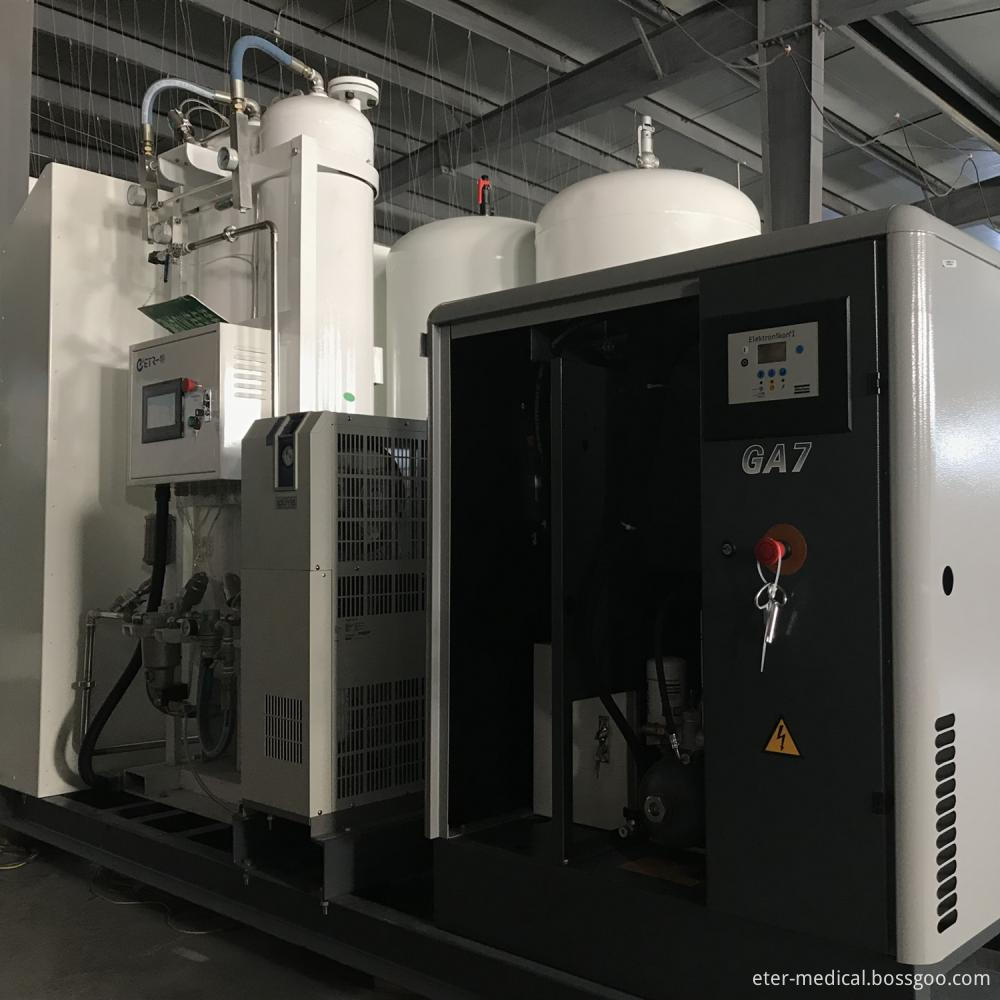(1) Germination water: After the northern part of the grapes were unearthed on the shelf, the northern buried area was immediately filled with water by applying the germination fertilizer. The amount of irrigation water can be more than 50 cm wet soil layer, too deep will affect the rise in ground temperature. The southern part of the Great Wall is a lightly buried area with a general buried depth of 20 cm or less. If there is little snowfall in winter and spring, it will often cause a draw. Therefore, after the grapes are unearthed and the temperatures in the early spring have risen, the ditch is used to draw water once, which can significantly prevent drawing. Non-buried areas in the south should also be filled with germination water before germination, depending on rainfall conditions.
(2) Pre-flowering water: The northern spring is dry and less rainy. It takes about 44 days for the grapes to grow from budding to flowering. It takes 1-2 times of water before flowering. The last irrigation before flowering should not be later than one week before flowering. This time the water must be soaked so that the soil moisture can be maintained until the fruit set is stable. Individual gardens in the north ignore irrigation before flowering. Once a long period of high-temperature and dry weather occurs, it will lead to severe drop buds and fruit drop before and after the flowering period of Kyoho, especially the plants with moderate or weak vigor. Avoid flowering during the flowering period to prevent the falling of flowers. However, for varieties that are easy to produce fruit and fruit and have too many fruit set, irrigation at the flowering stage can play the role of thinning fruit and sparse fruit.
(3) After the fruit is set, till the end of the berry hard nucleus: With the increase of the fruit load, the vegetative growth of the shoot is obviously weaker. In this period, fertilizer and water should be strengthened to increase the amount of secondary shoots and prevent premature growth of new shoots. The number of irrigations depends on the rainfall conditions. The Yangtze River Basin is in the rainy season and should pay attention to drainage. In July, the "Mei" began to emerge. At this time, the grapes are in the late hard core stage. The irrigation should be strengthened to prevent the hot roots from causing surface root damage and early defoliation. After "Mei", the root groups of the plants were extremely shallow, and the branches and leaves were tender and weak. In the event of drought, it was easy to cause defoliation. The test results show that early water is abundant, and the leaves in the late drying zone are the worst, affecting the absorption of other nutrients, especially the absorption of phosphorus, followed by the absorption of potassium, calcium, and magnesium. Yu Chak pointed out that during the Meiyu period, 70% of the water capacity is maintained, and afterwards it remains at 60%. The early fruits and quality of the Kangbaer are optimal. Humidity area (70% - 80%) affects the increase of sugar content. Early defoliation is an important physiological disease in grape cultivation in southern China's Kyoho, and water imbalance is an important factor.
(4) Berry coloring to maturity: In order to improve the quality of the berry, increase the color, aroma and taste of the fruit, inhibit vegetative growth, and promote the ripening of shoots. In this period, irrigation should be controlled and drainage should be strengthened. In case of continuous dry weather, small water should be used for irrigation.
(5) post-harvest and wintering period: timely irrigation after harvest to restore tree vigor and promote root mass production in the second peak of growth. It is very important for the winter safe winter for grapes to be filled with wintering water before filling the soil. In southern China, relatively little rain and dryness occurs in winter. The lack of water during the winter of grape often causes branches to dry up and aggravates “sleep syndromeâ€. This period should be treated with timely irrigation.
The medical Psa Oxygen Generator system consists of the air compressor, air-water separation device, dryer, air dew point monitoring device, multi-stage filter, air buffer tank, air moisture monitoring device, Oxygen Generator, oxygen buffer tank, flow meter, online oxygen monitoring device, cylinder manifold system, smart electric control cabinet, computer monitoring system, remote network monitoring system and oxygen booster system.
For the compacted oxygen generator system, all the parts can be compacted together and skid mounted. So it is easy for the installation and operation and maintenance.

Compacted Oxygen Generator
Compacted Oxygen Generator,Oxygen Production Line ,Oxygen Produce Machine,Oxygen Genration System
Hunan Eter Electronic Medical Project Stock Co., Ltd. , https://www.centralgas.be